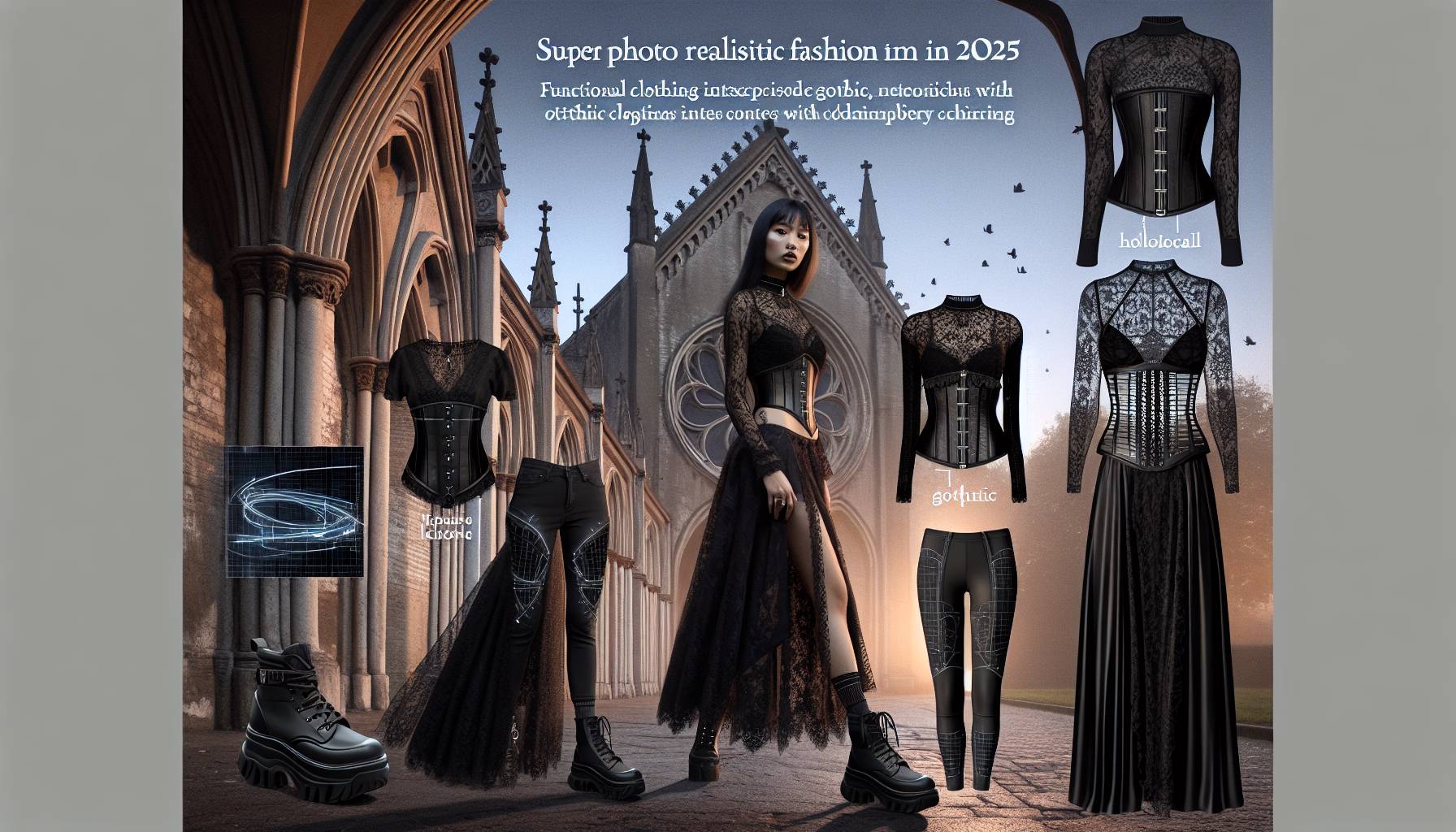fashion industry’s evolving value dynamics
The fashion industry is undergoing a significant transformation as it navigates the evolving landscape of value dynamics. This shift is driven by a combination of factors, including changing consumer preferences, technological advancements, and the increasing importance of sustainability. As consumers become more conscious of their purchasing decisions, they are demanding greater transparency and ethical practices from fashion brands.
Technological innovations are also playing a crucial role in reshaping the industry’s value dynamics. From digital fashion shows to virtual fitting rooms, technology is enabling brands to engage with consumers in new and exciting ways. This not only enhances the shopping experience but also allows for more personalized and efficient service.
Moreover, sustainability has become a key consideration for both consumers and brands. The push towards eco-friendly materials and sustainable production processes is redefining how value is perceived in the fashion industry. Brands that prioritize sustainability are not only meeting consumer demands but are also positioning themselves as leaders in the market.
As these dynamics continue to evolve, fashion brands must adapt to remain competitive. This involves rethinking traditional business models and embracing innovation to deliver value that aligns with the expectations of modern consumers. The ability to navigate these changes will determine the success of fashion brands in the coming years.
impact of trade negotiations on consumer prices
The ongoing trade negotiations between the US and major fashion production centers are poised to have a significant impact on consumer prices. These discussions are crucial as they determine the tariffs and trade barriers that can affect the cost of importing materials and finished goods. For Australian consumers, this means that the outcome of these negotiations could directly influence the price tags on their favorite fashion items.
One of the primary concerns is the potential for increased tariffs, which could lead to higher production costs for fashion brands. If these costs are passed down the supply chain, consumers may face higher prices at the retail level. This is particularly relevant for luxury and high-end fashion brands that rely heavily on international supply chains and premium materials sourced from around the world.
Conversely, successful negotiations that result in reduced trade barriers could lead to more competitive pricing. This would benefit consumers by making fashion items more affordable and accessible. It could also encourage brands to expand their offerings and invest in new markets, further diversifying the options available to Australian shoppers.
However, the uncertainty surrounding these negotiations can also lead to volatility in consumer prices. Brands may adopt a cautious approach, adjusting their pricing strategies to mitigate potential risks. This could result in fluctuating prices as brands respond to changes in trade policies and market conditions.
Ultimately, the impact of trade negotiations on consumer prices will depend on the outcomes of these discussions and the strategies adopted by fashion brands. As the industry navigates this complex landscape, consumers will need to stay informed and adaptable to the changing dynamics of fashion pricing.
creativity in couture amidst economic uncertainty
In the midst of economic uncertainty, couture houses are rising to the challenge by showcasing their creativity and innovation. The current economic climate, marked by fluctuating consumer confidence and unpredictable market conditions, has not deterred designers from pushing the boundaries of fashion. Instead, it has inspired a wave of creativity that is both bold and resourceful.
Designers are experimenting with unconventional materials and techniques to create collections that captivate and inspire. This period of uncertainty has become a catalyst for innovation, as couture houses seek to differentiate themselves in a competitive market. By embracing new technologies and sustainable practices, designers are redefining what couture can be, offering fresh perspectives and unique narratives through their work.
Moreover, the emphasis on storytelling has become more pronounced, with designers using their collections to convey messages of resilience, hope, and transformation. This narrative-driven approach not only resonates with consumers but also adds depth and meaning to the fashion experience. As a result, couture is evolving beyond mere aesthetics, becoming a powerful medium for expression and connection.
Despite the challenges posed by economic uncertainty, the creativity in couture remains undiminished. Designers are finding innovative ways to engage with their audiences, from virtual fashion shows to interactive digital experiences. These initiatives not only showcase the artistry and craftsmanship of couture but also make it more accessible to a global audience.
As the fashion industry navigates these uncertain times, the creativity and ingenuity of couture houses will continue to play a pivotal role in shaping the future of fashion. By embracing change and leveraging their creative potential, designers are not only weathering the storm but also setting the stage for a vibrant and dynamic future.
Couture creativity amidst economic challenges
In the ever-evolving world of fashion, couture houses are stepping up to the plate, showcasing their unparalleled creativity despite the looming economic challenges. As the industry braces for potential shifts, designers are pushing boundaries, crafting collections that not only captivate but also redefine luxury. This season, expect to see a fusion of traditional craftsmanship with avant-garde techniques, as designers draw inspiration from diverse cultures and historical references.
Amidst economic uncertainties, the resilience of couture is evident. Designers are innovating with sustainable materials, ensuring that their creations are not only visually stunning but also environmentally conscious. This commitment to sustainability is resonating with consumers, who are increasingly prioritizing ethical fashion choices.
Moreover, the digital transformation of fashion shows has opened new avenues for creativity. Virtual runways and digital presentations are allowing designers to reach a global audience, breaking geographical barriers and democratizing access to high fashion. This shift is particularly significant for Australian fashion enthusiasts, who can now experience the magic of couture from the comfort of their homes.
As we navigate these challenging times, the fashion industry’s ability to adapt and innovate is a testament to its enduring allure. The creativity on display is not just about aesthetics; it’s a powerful statement of resilience and optimism for the future.
Trade negotiations and their impact on fashion prices
The intricate dance of trade negotiations is casting a shadow over the fashion industry’s pricing strategies. As discussions between the US and key fashion production hubs unfold, the potential for shifts in tariffs and trade agreements looms large. These negotiations are pivotal, as they directly influence the cost of materials and production, ultimately impacting the price tags on garments.
For Australian consumers, this means a heightened awareness of how international policies can affect local market prices. The delicate balance of maintaining affordability while ensuring quality is a challenge that brands are keenly aware of. As tariffs fluctuate, the cost of importing luxury fabrics and accessories may rise, prompting designers to explore alternative sourcing options or adjust their pricing models.
Moreover, the uncertainty surrounding these negotiations is prompting brands to adopt more agile business strategies. Many are investing in local production capabilities to mitigate the risks associated with international supply chain disruptions. This shift not only supports the local economy but also aligns with the growing consumer demand for transparency and ethical production practices.
In this climate, Australian fashion enthusiasts are encouraged to stay informed about the broader economic factors influencing their favorite brands. As the industry navigates these complexities, the focus remains on delivering exceptional value without compromising on the artistry and craftsmanship that define couture fashion.

